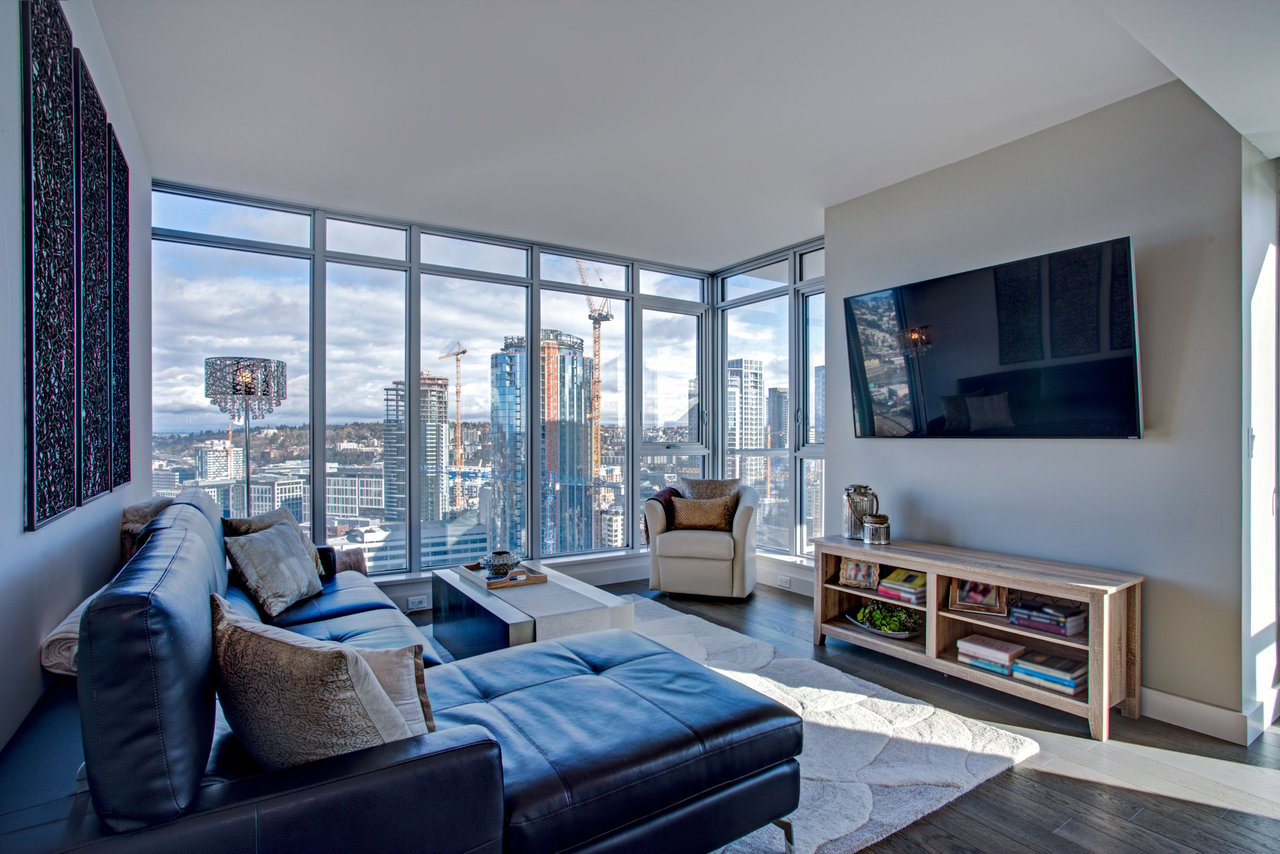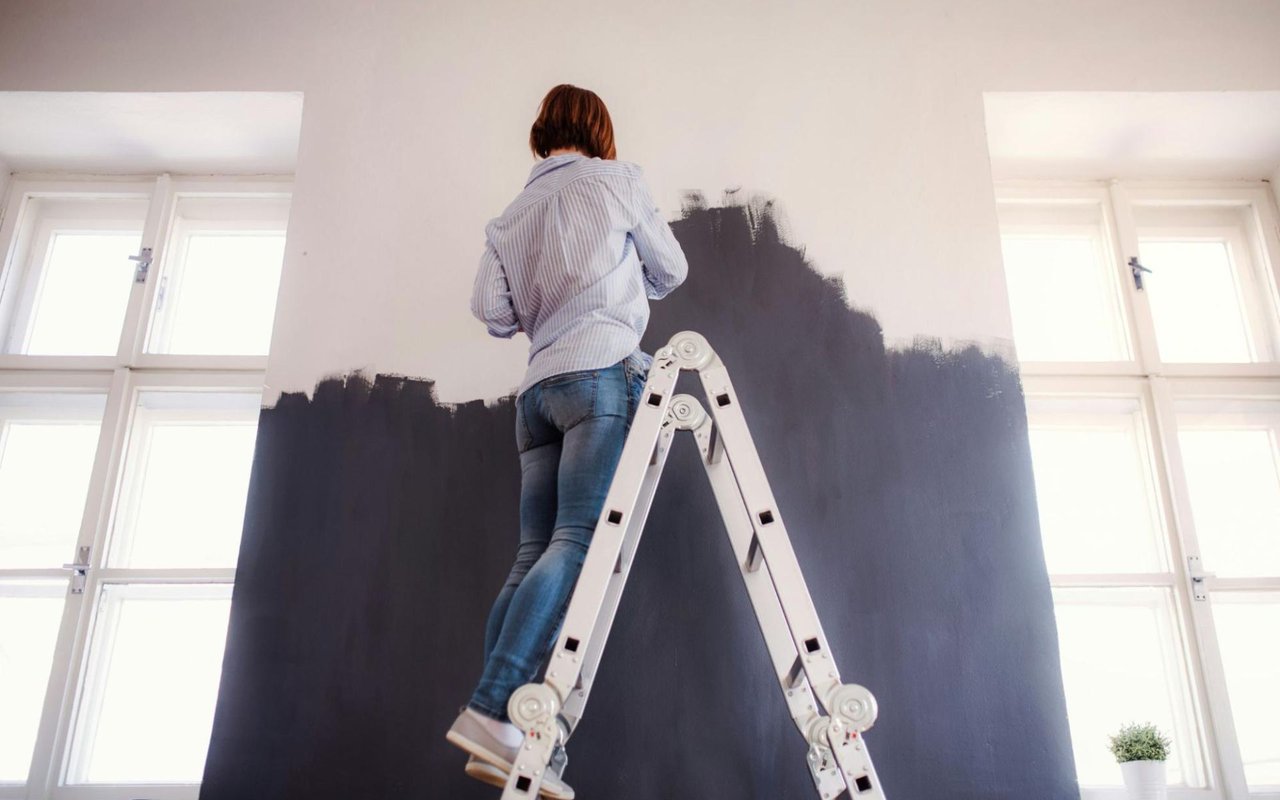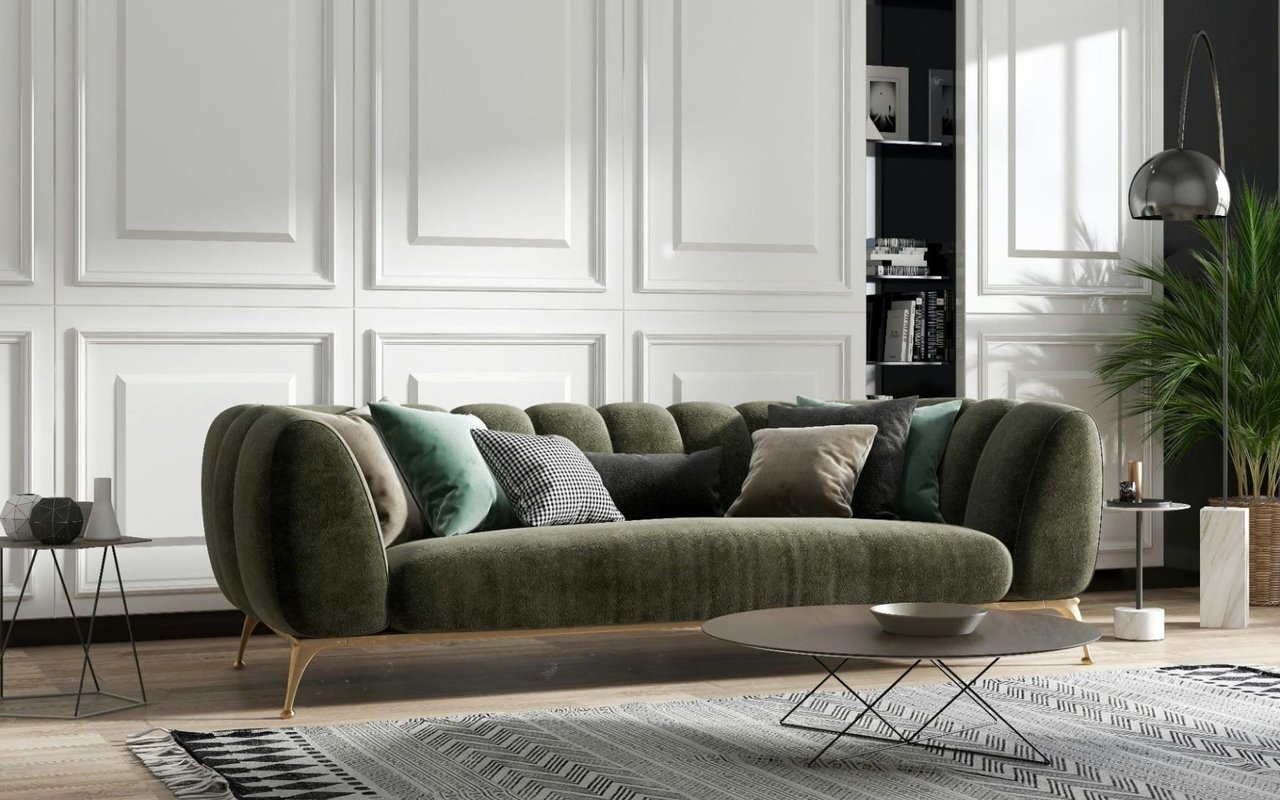This article has been taken from Apartment Therapy and written by Caroline Biggs, our reliable source on all things Home, Style and Design. If you’d like more information on Design Elements Making a Comeback in 2020, then please visit the linked website.
Peek inside any restored prewar home, and you’ll instantly see the appeal. “Pre-war apartments have historic details, high ceilings and decorative moldings that provide a beautiful contrast to contemporary interiors,” says Marie Flanigan of Marie Flanigan Interiors. “Construction practices during that time period were elaborate, often using skilled tradesmen for detailing, and floors and walls were built to last generations.”
It’s no surprise, then, that prewar architectural details are starting to resurface, even in present-day spaces. “In today’s age of design consumerism, there seems to be a spotlight on authenticity,” says Angie Socias of Coppel Design. “As many of these older homes switch hands to a younger generation of buyers, today’s design-savvy property owners are taking stock of the prewar details and finding value in preserving a level of architectural craftsmanship that has become almost extinct in newer constructed homes.”
And if you don’t have that old house charm or can’t see yourself moving to a space with it anytime soon, the good news is you can fake it—at least somewhat. Sure, true period details are always best, but your budget shouldn’t prevent you from getting the prewar look if you love it. We asked our experts which classic prewar elements are making a comeback in 2020, and here’s what they said to consider for your space—whether you’re looking to take on a full renovation or just a weekend project.
Non-Open Floor Plans
Thanks to a renewed interest in uniquely designed spaces, Flanigan says closed floorplans, like the one in Lauren and Breeze’s New Orleans abode, are all the rage in modern homes. “Clients are trending towards more segmented floor plans for the formality and individuality of the spaces,” she says. “They are seeking more privacy and noise control, in addition to a sense of coziness.” With separated spaces, Flanigan thinks you can take bigger design chances, creating a distinct look in each room without worrying about it visually jibing with what’s “next” to it. In addition, separate spaces means more opportunities to sneak storage into corners and along walls.
Hardwood Floors
The hardwood floors of yesteryear, like the ones in Sam’s Scottish home, are having a moment in contemporary interiors—and it’s not hard to see why. “Well-worn hardwood floors add unmatched warmth and visual depth to any space,” Socias says. “They also provide a neutral backdrop to ground both contemporary and traditional furnishings, rugs, and artwork.” If you have an old home or are about to buy one, always consider refinishing before replacing the floors so you can preserve some of that charm.
Decorative Moldings
One of the most recognizable elements of a prewar interior is moldings on the walls, like crown molding or box panels like what’s in Brandi’s prewar Brooklyn apartment. “Decorative moldings add charm, history, and character to spaces,” Flanigan says. “I love to paint the details white, which is a beautiful juxtaposition against more modern furnishings.” You can always add molding to a blank box rooms, too. Stock trim from a home center obviously isn’t period authentic, but it can be found in the pre-war style.
High Ceilings
Nothing makes a room feel grander than tall, soaring ceilings. That’s why they’re popping up more and more in modern interiors like Sarah and Andy Litvinchuk’s California home. “High ceilings create more air volume for light to travel through a room, which gives a space a sense of levity and lightness,” Socias says. There’s not much you can do about your ceiling without renovating, but you can create the optical illusion of height with wallpaper that has a vertically-oriented print. Painting the ceiling a little lighter than your walls can also draw the eye upward somewhat.
Stone Fireplaces
Prewar marble fireplaces, like the one in this Brooklyn brownstone, are brimming with charm and sophistication, so it’s no surprise they’re making major waves in present-day interiors. “We are seeing pre-war stone fireplaces being used in all types of designs, Flanigan says. “The decorative stone details offer a refined contrast to contemporary furnishings.” Marble is also another way to bring in an earthy, natural touch, so you definitely get the best of both worlds with this material.
Plaster Walls
Sturdy and soundproof, plaster walls, like the ones in Nicole and Dan Lucey’s Brooklyn brownstone, can be embellished with ornamental moldings, making them more durable and more decorative than drywall ones. “Nothing adds more richness to a room than the texture and weight of real plaster walls,” Flanigan says. “They create a depth and glow to an unadorned space.”
Sunken Living Rooms
If you thought sunken living rooms, like the one in Anil and Shannon’s New York City loft, were a thing of the past, then it’s time to think again. “We are once again seeing a trend in changing floor levels,” Flanigan says. Maybe this is the compromise between open and closed floor plans, since you get a sense of separation without the isolation? Adds Socias: “By differentiating the living room from other parts of the home, you create a sense of intimacy and drama in the space.”





